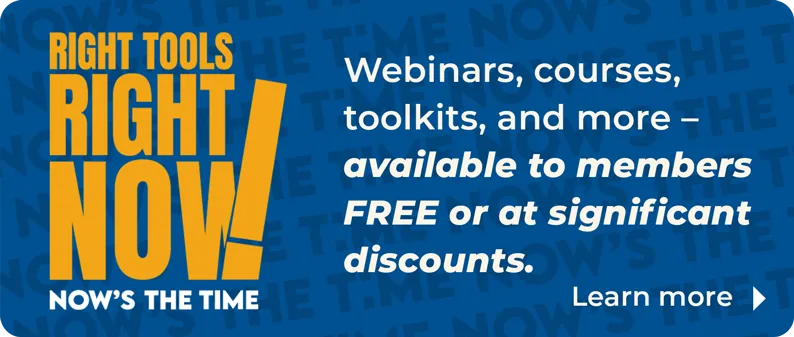
© Jorg Greuel / Photodisc / Getty Images
You’re focused on positive member communications, sending out the right emails, social media messages and phone calls. Make sure you’re just as focused on how you respond to members when they reach out to you.
Effective communication means both parties need to understand each other. Forbes offers these strategies to make sure when members reach out, you’re connecting right back.
- Practice active listening with eye contact and relevant gestures. Don’t just listen so you can reply.
- Be courteous, even during disagreements, avoiding offensive words. This includes watching your body language and facial expressions, and using the right tone, so you don’t give off unintentional cues.
- Stay open-minded. Consider others and be respectful. For example, discuss concerns rather than make assumptions.
- Ask for feedback. It’s a bold move, but ask team members for thoughtful feedback on your communication style.
Adapted from “10 Tips on Effective Communication in the Workplace” by Christiana Jolaoso, Forbes, June 17, 2024.








